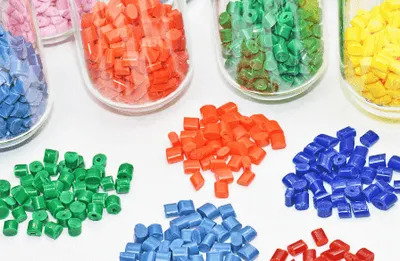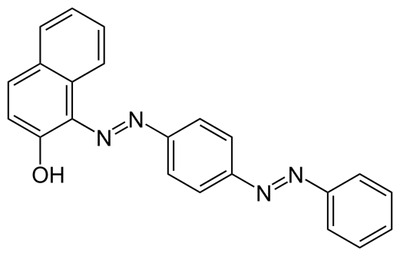SOLVENT DYES
Solvent dyes are dyes that are soluble in organic solvents and usually used as solution in organic solvents. Solvent dyes can be found in azo, disperse, cationic dyes. Solvent dyes are essentially insoluble in water but are soluble in different types of organic solvents. Solvent dyes are used to color organic solvents, hydrocarbon fuels, waxes, lubricants, plastics, and other non-polar materials based on hydrocarbons.
Applications
- Industrial use: Solvent dyes can be applied to the coloration of products in the mineral oil industry, plastics industry and wax industry. Solvent dyes are often used in the automotive industry to color gasoline fuels and other hydrocarbon-based fuel oils. They are also commonly utilized to color candles and waxes, ink and inkjets, wood stains and coatings, and a variety of other non-polar, hydrocarbon-based material, such as oils, fats, greases, various hydrocarbon products, and acrylic emulsions. The main use of Solvent Red 164 is as a fuel dye in the United States. Oil Blue 35 is a blue solvent dye used for coloring alcoholic- and hydrocarbon- based solvents, including oils, fats, and waxes. It is also used to color lacquers and inks. In some countries, it is used as a fuel dye. It is also used in some blue colored smoke formulations.
- Biological use: Sudan III is a dye used for Sudan dyeing. It is used for the staining of triglycerides in frozen sections, as well as some proteins that bind lipids and lipoproteins on paraffin sections. It has red-brown crystals and a maximum absorption at 507 nm.

- Polymer chemistry: The most common application of solvent dyes is in the plastics industry. In the field of the industrial plastics, solvent-based dyes are used to color a variety of solid materials, such as acetates, nylon, polyester, acrylics, PVC, PMMA, PETP, polystyrene and styrene monomers.

Figure 1. Sudan III